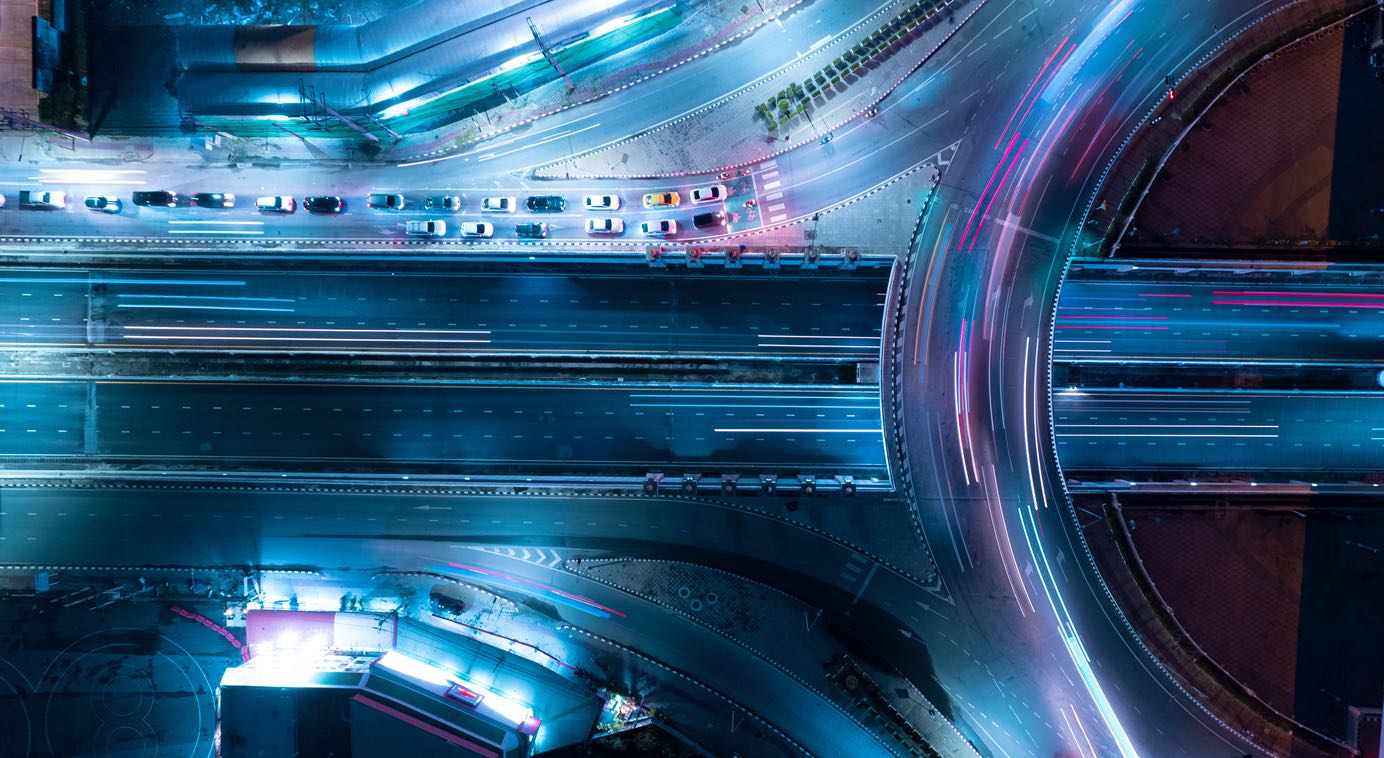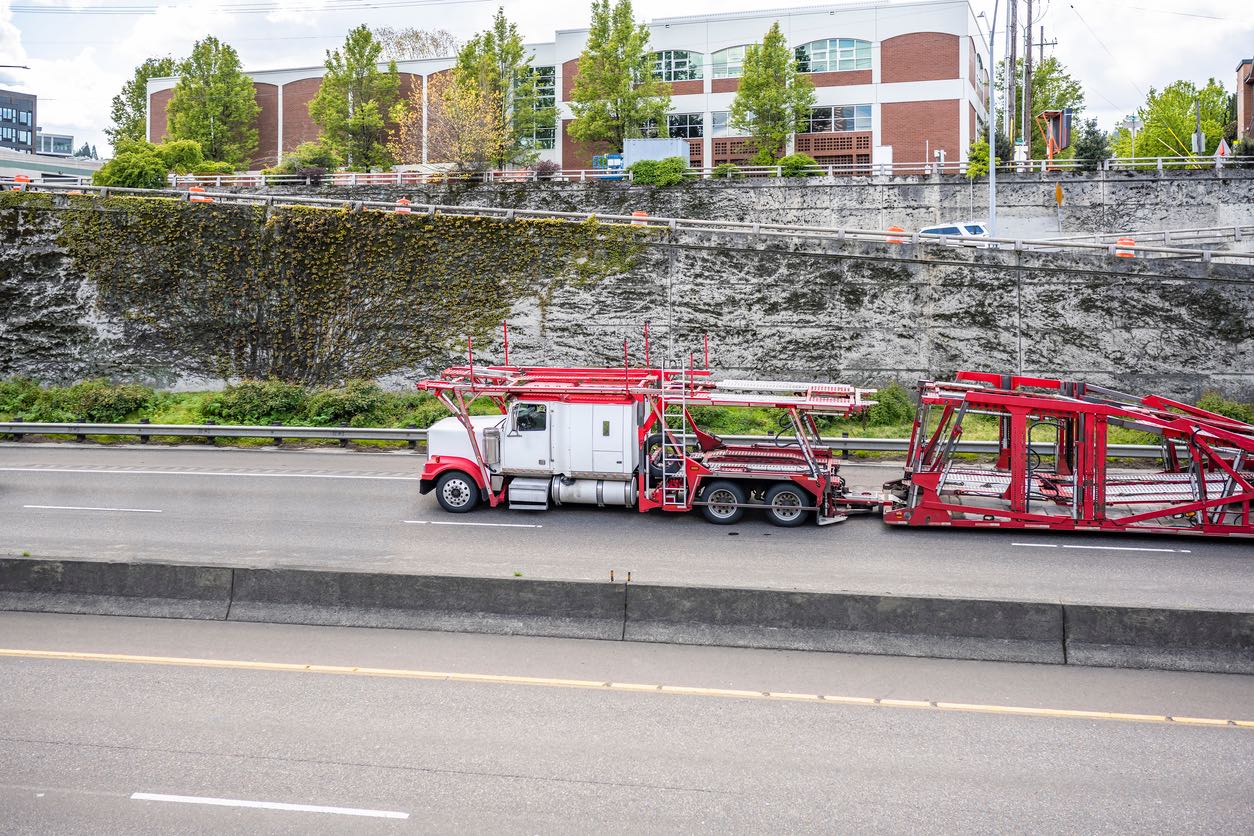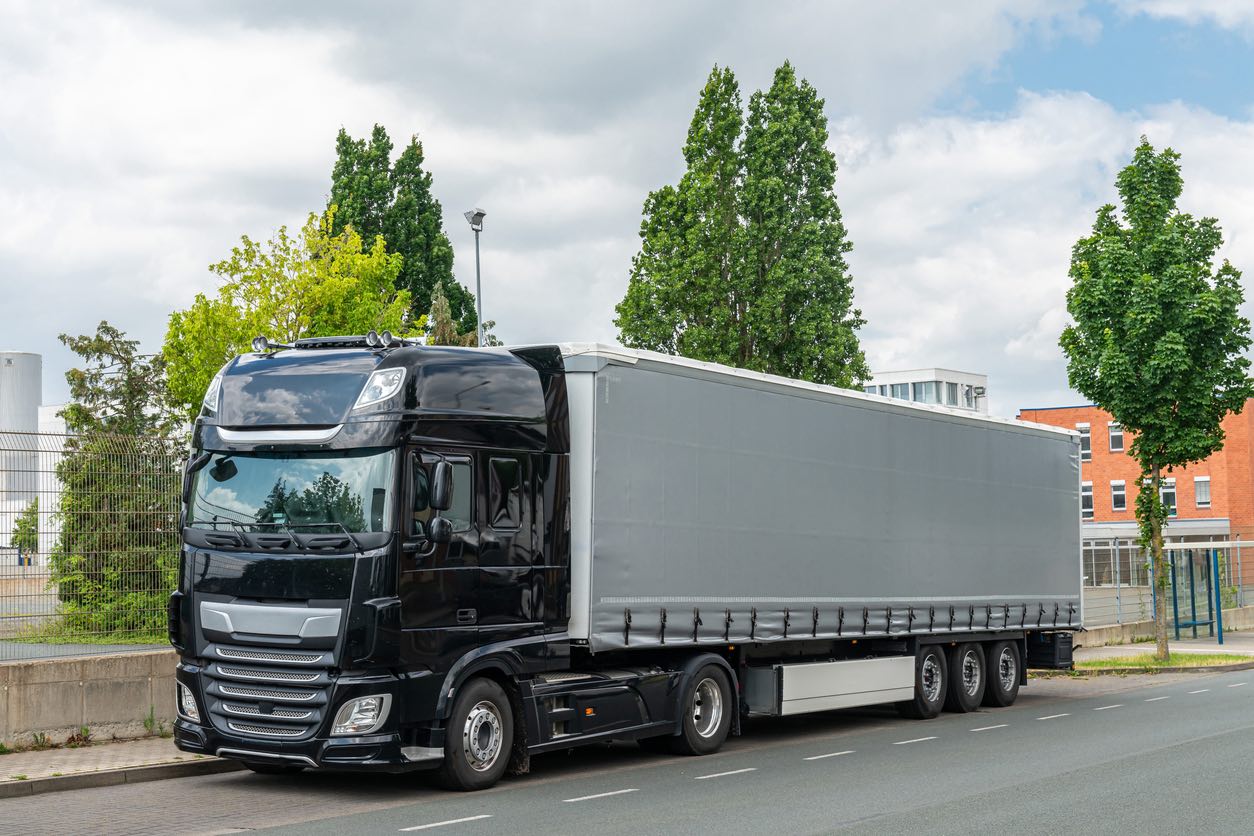
Introduction to the Digital Shift
Backdrop of the Transformation: Evolution is nothing new to the logistics and trucking industries. These industries have seen many changes throughout time, from the emergence of railroads to the use of containerized freight. The integration of technology is the biggest change we’ve seen today. Leading the way are automation and digitalization, which increase productivity and streamline processes. But there is always a cloud behind every rainbow.
Rapid Digital Interlacing: As operations increasingly rely on digital platforms, from tracking shipments using GPS to autonomous driving features in trucks, industry sectors find themselves entangled in a vast web of interconnected technologies. This change to digital is advantageous as well as challenging.
The Double-edged Sword of Technology: Renowned authority in car diagnostics Mark Zachos offers a fitting comparison. He suggests that although the digital domain in which activities take place hasn’t necessarily become larger, its complexity has increased. This level of complexity might be compared to a city, where possibilities and difficulties arise from the increasing number of buildings, roads, and infrastructure inside the city limits, even though they may not change over time.
Rising Concerns in the Transportation Sector
A Decade of Growing Apprehension: The 2023 Travelers Risk Index is not the first to raise concerns over the transportation industry’s cyber vulnerabilities. Cyber risks have been among the top concerns for organizations across all industries for almost 10 years. However, for the transportation industry, with its intricate interdependencies, the implications of a cyber breach can be especially disastrous.
Stark Numbers: It’s troubling data. More than half of executives in the transportation industry have expressed concern about possible cyber-attacks. But the concern is more than idle speculation. Experiences from the real world support these worries. As evidenced by the fact that almost 25% of respondents from the transportation and logistics industries reported cyber intrusions in the previous year, the threat is clearly not just lurking but is already at your door.
The Greater Economic Ramifications: These cyber vulnerabilities have wider economic ramifications than just affecting certain organizations. A disruption in the logistics and trucking sector can ripple across supply chains, affecting production, distribution, and ultimately, consumers. Therefore, concerns about cyberthreats aren’t exclusive to the transportation industry; rather, they represent a broader economic sentiment.
Conclusion: The transportation industry faces the dual difficulties of utilizing technology to increase efficiency and fending against related risks as it continues its digital transformation path. It’s a fine dance with high stakes that calls for proactive tactics, strong cybersecurity frameworks, and constant attention to detail.
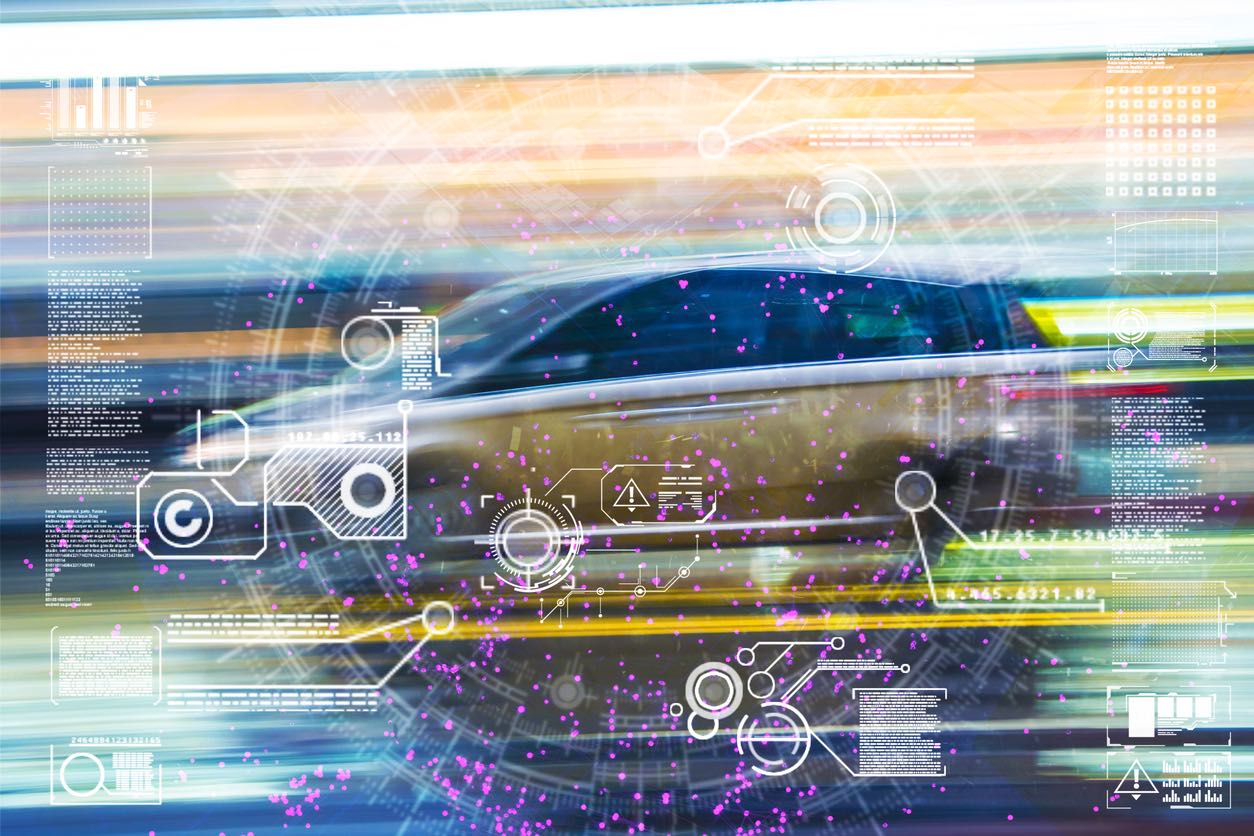
A United Front Against Cyber Criminals
The Role of CISA in Cybersecurity: Leading the charge in the fight against cyberthreats is the Cybersecurity and Infrastructure Security Agency (CISA), a division of the US Department of Homeland Security. CISA is the cornerstone of American cybersecurity, tasked with protecting and guaranteeing the resilience of the country’s vital infrastructure against prospective threats. Through active collaboration with other government agencies and the commercial sector, the agency is implementing strong measures to counter the constantly changing landscape of cyberthreats.
Balancing Act between Efficiency and Security: Leading CISA expert Sandra Radesky provides an insightful perspective on the two-edged sword of technology progress. One cannot dispute how technology is transforming businesses by increasing productivity, cutting expenses, and streamlining processes. But new technological advances also bring new vulnerabilities. These ‘chinks in the armor’ can be exploited by malicious actors, emphasizing the urgent need for an integrated approach to risk management. It is no longer enough to implement isolated security measures in a world where networks are linked. It is essential to have integrated plans that take into consideration any possible weak areas in the overall system.
Nature of the Threat: Old Wine in a New Bottle?
Consistency in Criminal Objectives: Carrier Logistics’ Chief Technology Officer, Kevin Linardic, offers a distinctive viewpoint on the changing cybersecurity scene. Linardic claims that the fundamental characteristics and driving forces of cyberthreats have mostly not changed over time. Cybercriminals’ goals have always centered around taking advantage of weaknesses for their own gain, whether that be through monetary gain, the acquisition of confidential data, or just general disruption.
The Global Shift and its Implications: What’s changed significantly, though, is the playground. The battlefield has grown as a result of globalization and the rapid adoption of new technologies. Cybercriminals have a wider range of options to take advantage of as businesses depend more and more on digital platforms and international networks for corporate operations. This change in the world offers a range of systems, each with specific weaknesses, in addition to new systems to attack.
Conclusion: Even if the core of the threat could stem from archaic incentives, countermeasures must also change. It takes forethought, teamwork, and an awareness that although technology may be a source of vulnerability, it can also be used as the first line of defense to meet the challenges presented by an interconnected digital age.
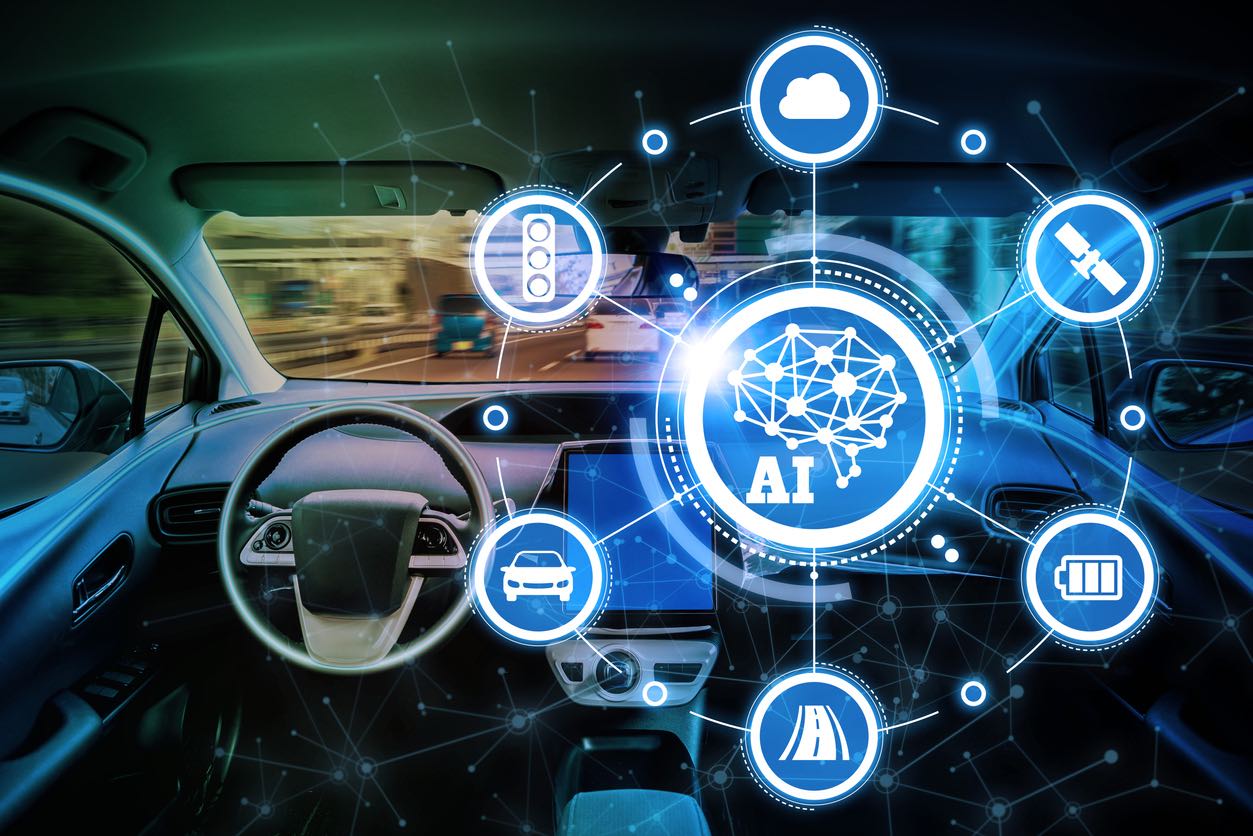
Embracing Technology and its Implications
The Dawn of Digital Transformation: The demands of a globalizing economy have contributed to the fast digital change that the transportation and logistics industries are undergoing. The 2024 Third-Party Logistics Study, which highlighted the industry players’ unanimity about the significance of keeping up with evolving technology, is a crucial piece of evidence.
Building Bridges While Guarding Gates: Hardware and software are not the sole aspects of the constantly changing technology world. It also concerns the tenuous ties that bind organizations together. Stakeholder cooperation leads to better efficiency and simplified processes. That being said, there are two sides to this newly discovered synergy. Although it improves connections, connectivity also creates more opportunities for possible cyberthreats. If left unprotected, every new link may serve as a point of entry for cyberattacks.
Penn State University’s John Langley highlights the importance of a comprehensive cybersecurity strategy. It is more important to secure the network as a whole than to defend individual nodes. With this approach, the system as a whole would be protected against compromise even in the event of a single compromised node.
Tech Attacks and Safeguards in Recent Times
The Ever-Present Threat: It’s not an issue of “if” but rather “when” cyberthreats occur. Estes Express Lines and Orbcomm, two recent victims of similar attacks, attest to the constant threats that lie in the digital shadows. These events act as alarms, emphasizing how urgent it is to implement strong cybersecurity safeguards.
Technology – A Double-Edged Sword: Although technology is frequently blamed for the emergence of modern cyberthreats, it plays two important roles that must be understood. Yes, operations may appear more susceptible as they grow more tech-intensive. On the other hand, dangers may be identified, stopped, and dealt with with previously unheard-of efficiency when using the same technology.
In the given situation, Ryan Powell from Velociti offers a persuasive viewpoint. When applied properly, advanced technology can improve the industry’s safety protocols. If a car was hacked, it might be remotely immobilized with the correct equipment, preventing certain disasters. In a similar vein, real-time monitoring systems may instantly notify users of questionable activity, allowing for quick remedial action.
Conclusion: Ultimately, contemporary supply chain adaptability and protection are about striking a compromise. The industry needs to invest just as much, if not more, in safeguarding these technical developments as it does in embracing technology. This balance, where innovation and security go hand in hand, is critical to the future of the transportation and logistics industries.

Balancing Innovation and Security: Rapid technology breakthroughs have shaped the transportation and logistics industries’ growth, which is reflective of the dynamic possibilities and challenges in cybersecurity. As we continue to live in this digital world, finding the correct balance becomes essential. It’s critical to take use of technology’s many advantages without sacrificing the essential security that keeps everything running.
Redefining Vehicle Shipping with Ship A Car, Inc.: As the top vehicle shipping company in the US, Ship A Car, Inc. has carved out a distinctive place for itself in the wide and diverse world of logistics. Their expertise isn’t confined to a single area; it extends throughout the nation, guaranteeing that customers’s vehicle transportation requirements are fulfilled precisely and expertly. No matter the location, their extensive range of services makes car transportation effortless for a wide range of customers. Their A+ rating from the Better Business Bureau further highlights their dedication to quality and dependability in every endeavor.
Why Ship A Car, Inc. is Your Optimal Choice: When it comes to transporting your prized vehicles or crucial freight, why settle for anything less than the best? By choosing Ship A Car, you’re choosing more than simply a service—you’re choosing unmatched knowledge, steadfast dedication, and an assurance of security. Their track record of happy customers and successful delivery says it all. Choose wisely for your transportation requirements; put your faith in Ship A Car, Inc. and avoid the headaches associated with transporting cars. Ship A Car promises to be efficient, dependable, and safe.
Q1: How has the trucking sector’s cybersecurity landscape changed with technological advancements?
A1: While the use of new technology has brought about improvements in productivity and modernization, it has also increased the number of possible targets for cyberattacks.
Q2: Why is there a growing concern about cyberthreats in the transportation sector?
A2: There are more opportunities for cybercriminals to attack as businesses become more reliant on technology, which results in a rise in the number of vulnerabilities.
Q3: Why should one consider Ship A Car, Inc. for their vehicle shipping needs?
A3: Ship A Car, Inc. provides a reputable and comprehensive network of carriers, which guarantees dependable and secure vehicle shipment throughout the United States. This service is guaranteed by an A+ rating from the Better Business Bureau.
